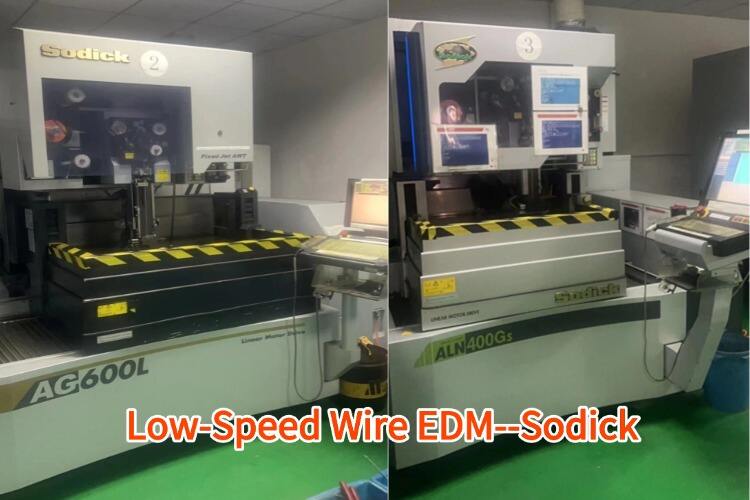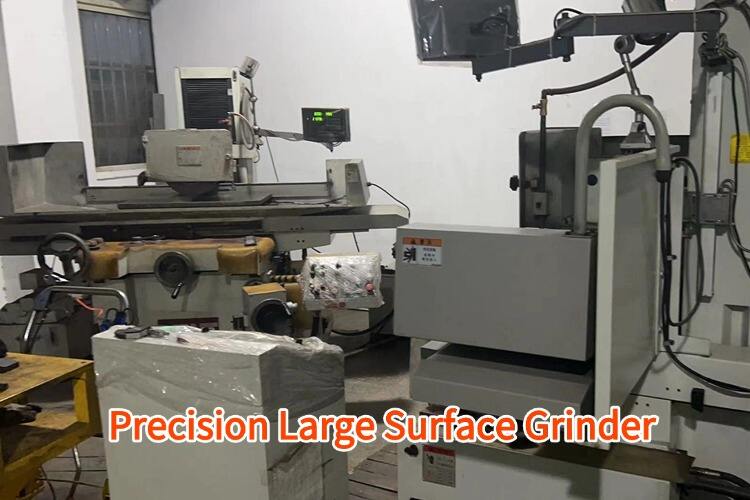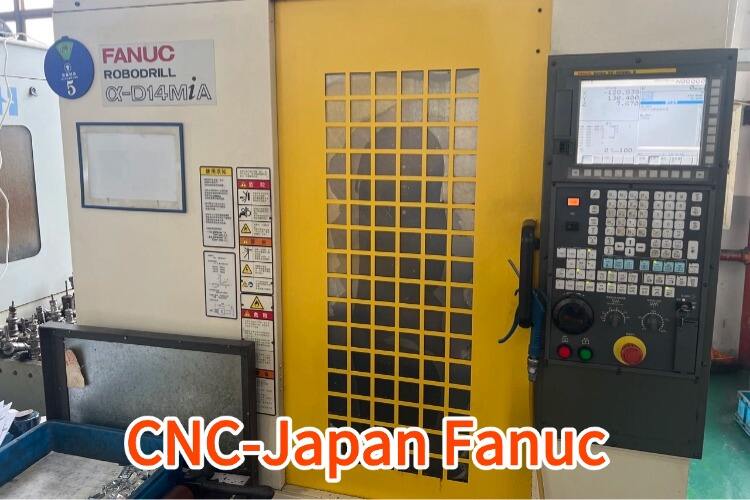heat surface treatment
Heat surface treatment is a sophisticated metallurgical process that enhances the physical and chemical properties of metallic materials through controlled heating and cooling procedures. This essential manufacturing technique involves modifying the surface layer of materials to achieve specific characteristics without affecting their core properties. The process typically encompasses various methods, including case hardening, nitriding, and induction hardening, each serving distinct purposes in material enhancement. The treatment operates by altering the microstructure of the material's surface, creating a harder, more wear-resistant outer layer while maintaining the toughness of the interior. This versatile process finds extensive applications across numerous industries, from automotive manufacturing to aerospace engineering and toolmaking. The technology employs precise temperature control, specific atmospheric conditions, and carefully timed cooling phases to achieve the desired material properties. Modern heat surface treatment facilities utilize advanced equipment with computerized controls to ensure consistent results and optimal performance. The process can be customized to meet various specifications, including hardness depth, surface finish, and wear resistance requirements, making it an indispensable technique in modern manufacturing processes.


